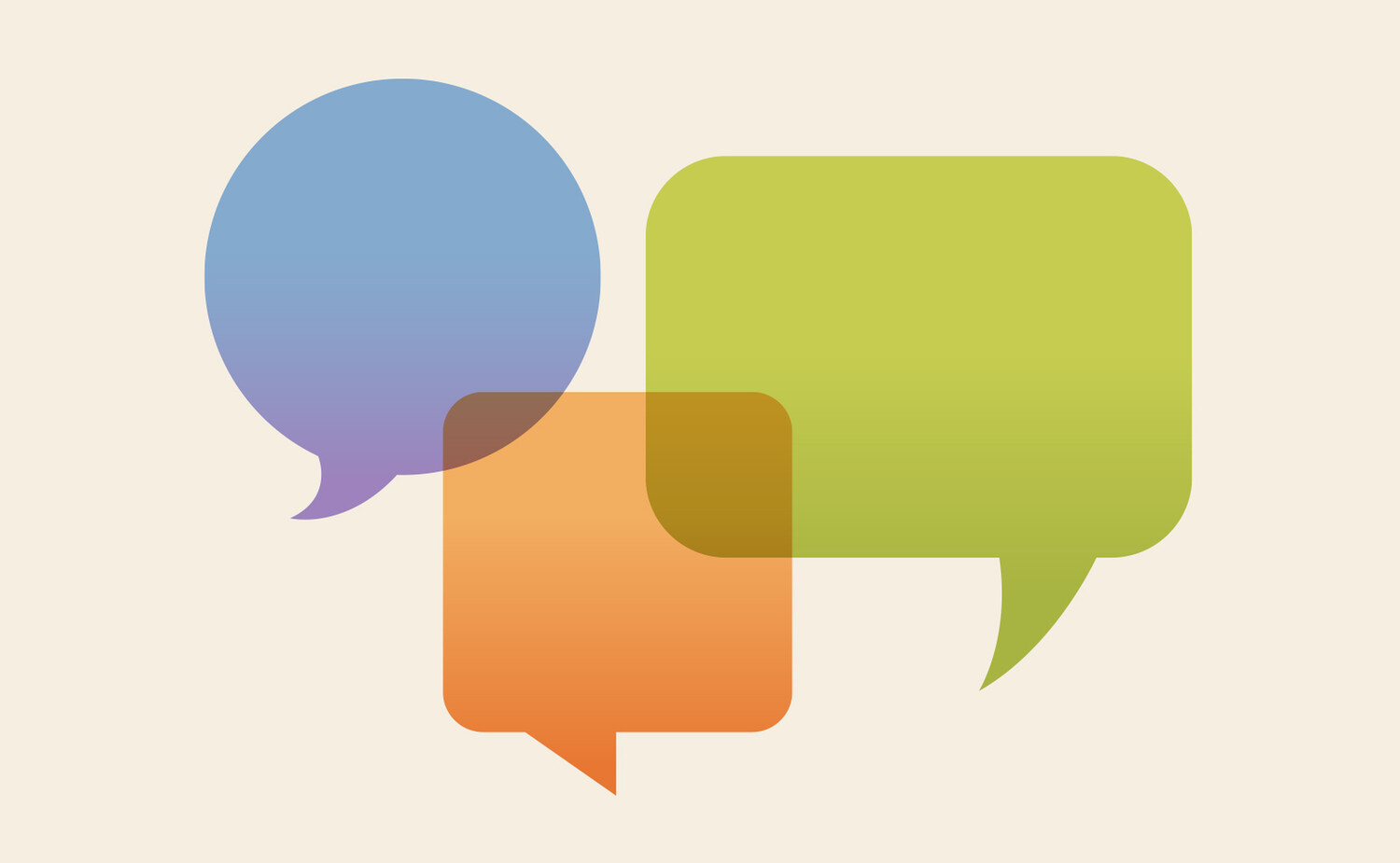The COVID-19 pandemic has impacted all of us in many ways, to say the least. One of the most obvious and easily identifiable effects of the pandemic is the lack of physical activity among youth. As a middle school principal, I noticed it for the first time when my students who had returned to after-school sports fatigued more easily and seemed less motivated than two years prior. I also noticed the negative impact of student inactivity extending well beyond sports. Lack of exercise presents many physical and mental health concerns for students as well as potential negative effects in the classroom, such as loss of energy and focus.
In response to this negative trend, what can educators do to help promote a culture of physical activity in their classrooms? And how can physical activity be included in ways that enhance content and build stronger relationships within the classroom community?
Here are some ways educators can help their students get moving in the post-pandemic classroom:
Cultivate a Why.
When students have a compelling reason to do something, they are much more likely to buy into an idea. Classroom conversations focusing on physical activity can support a classroom culture of health. Teachers can stress the importance of physical activities, and students can share their favorite activities. This type of student engagement provides insight into what activities students enjoy, paving the way for even greater student involvement.
Collaborate on the Way.
Educators are amazing. Time and time again I’ve been impressed by their research, innovation, and creativity. When educators who care about the physical health of their students work together, they can come up with creative, impactful ways to integrate physical activity into the school day. For example, if students enjoy kickball, the staff can brainstorm ways to incorporate this fun activity into the curriculum. Whether each classroom teacher uses kickball as a tool for reviewing content or a team of teachers organize a grade-level or even school-wide kickball tournament, by working with other classrooms and staff, teachers can make lessons even more fun and impactful.
Connect with Communities.
Local businesses, churches, elderly residents, and parents can be helpful resources for educators. For example, last year at our middle school, we found that students and staff appreciated getting outside at least once a day when we moved to block scheduling. Since we did not have much green space to work with, we asked the church across the street if we could use their large clearing as an outdoor classroom where students could move around and safely engage in kinesthetic learning. Another local church created an angel fund to purchase sports equipment for disadvantaged students in my school so that they could safely participate in sports. Partnerships like these provide opportunities for students above and beyond the programs and limited resources available through the school.
Communicate with Families.
I have found that parents tend to appreciate when educators inform them of the ways the school is working to improve the physical health of their young scholars. Often, as communication increases, so does the amount of parent volunteers. For example, a local elementary school near me decided to create a spring walking club. The staff sent out a series of emails and flyers to promote parent, student, and community participation. As a result, dozens of parents came out during their lunch hour to encourage the student walkers and help them keep track of their laps. The students and their families loved it, and the student participation and healthy exercise habits increased.
Change Personal Practices.
Since students are watching their teachers all the time, teachers can demonstrate habits and routines during the school day that model the importance of physical activity. For example, teachers could talk about what they did to be physically active at home instead of just talking about what they watched the night before on TV. During recess, teachers of younger students could occasionally step outside and play with their students instead of sitting in the staff lounge. Students learn best by watching their adult role models.
Educators have an incredible opportunity to help students reincorporate exercise into their daily lives through classroom activities and engagement. Adding physical activities to the curriculum and school day makes learning fun and engaging, while also providing students with the active outlets they desperately need in the post-pandemic classroom.
Jessica Cabeen was the 2017 Minnesota Principal of the Year and a Middle-Level Fellow for the National Elementary Association of School Principals. She is the author of four books including Hacking Early Learning and Lead with Grace. Jessica is the principal of Ellis Middle School in Austin Minnesota.
